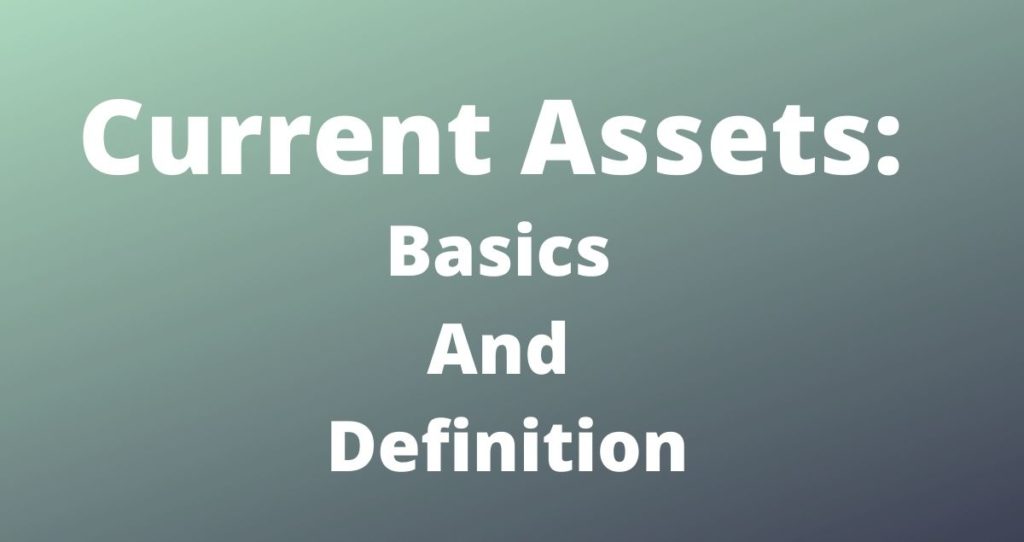Current assets are the total assets of a company that are expected to be converted to cash or be used by the company within one year, according to CFI. These assets include but not limited to cash and cash equivalents.
Example of current assets
The following are some of the examples of current assets.
- Cash and cash equivalents: Cash and cash equivalents are made of cash and other assets that can be converted into cash immediately.
- Notes receivable: Notes receivable are promises that a company will receive money in the future and they show under current assets on the balance sheet if their maturity date is under one year.
- Accounts receivable: The accounts receivables are the money a company expects to receive from a customer for the goods and services the company performed.
- Supplies: These current assets represent the cost of goods held by a company.
- Inventories: Inventories are reported on the balance sheet under the current assets and they are made of goods help by a company. These goods or merchandise are usually expected to be sold to customers or used in the near term.
- Prepaid expenses: Prepaid expenses are futures expenses that are prepaid but have not been used yet or expired
Benefits of current assets
Current assets help companies and other organizations to cover near term or current liabilities. The ability to cover near term expenses shows investors that the company will not face financial difficulties in the near future. As a result, investors will not worry about investing in the company.
In addition, current assets give the company a chance to raise money with good interest rates.









